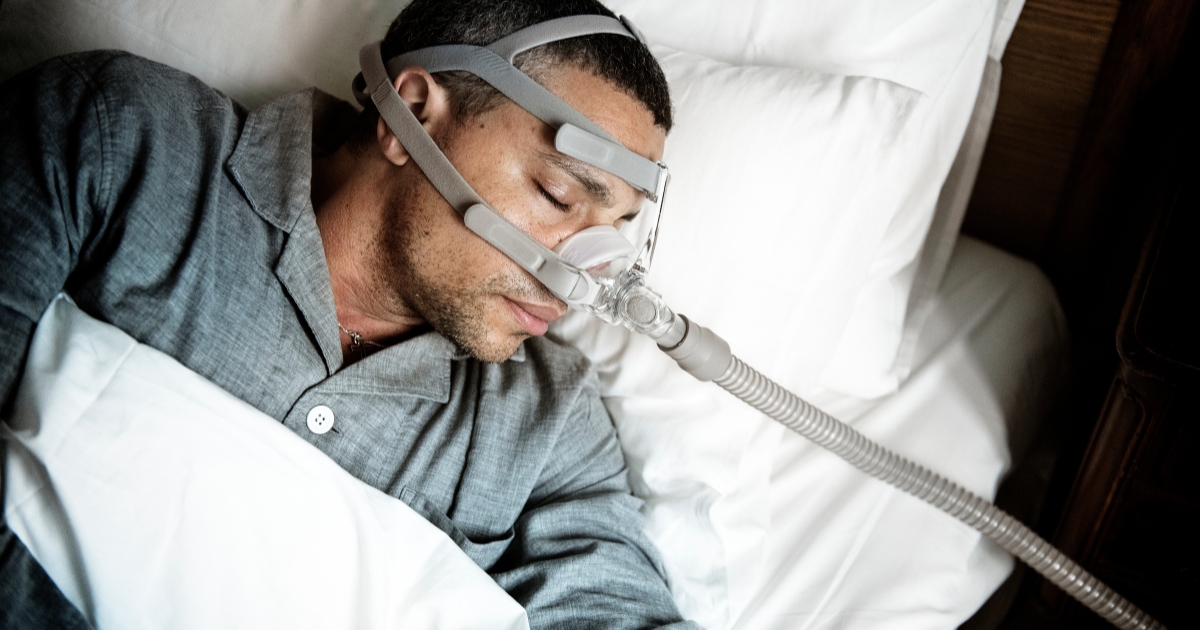How effective is CPAP for sleep apnea?

Sleep apnea is a common disorder affecting millions of people worldwide. It occurs when a person’s breathing is interrupted during sleep, often leading to fragmented rest and daytime fatigue. Continuous Positive Airway Pressure (CPAP) therapy has emerged as one of the most effective treatments for managing this condition. Understanding how CPAP works, its effectiveness, and potential challenges can help patients make informed decisions about their health and well-being.
What is CPAP Therapy?
CPAP therapy involves using a machine that delivers a constant stream of air through a mask worn during sleep. This airflow keeps the airway open, preventing the pauses in breathing characteristic of sleep apnea. Many people find that using a CPAP machine improves their sleep quality, reduces daytime sleepiness, and enhances their overall quality of life.
The machine consists of a blower that generates air pressure, a hose that connects the blower to the mask, and the mask itself. Masks come in various styles, including nasal masks, full-face masks, and nasal pillows, allowing users to choose what feels most comfortable. Finding the right fit is crucial, as an ill-fitting mask can lead to discomfort and hinder the therapy’s effectiveness.
Benefits of CPAP Therapy
The benefits of CPAP therapy extend beyond simply preventing apnea episodes. Many patients report feeling more energetic and alert during the day after starting treatment. Better sleep leads to improved cognitive function, mood stability, and overall health. Additionally, consistent use of CPAP therapy can reduce the risk of complications associated with sleep apnea, such as high blood pressure, heart disease, and stroke.
Research indicates that CPAP therapy significantly improves the quality of life for individuals suffering from obstructive sleep apnea (OSA). Many users experience decreased snoring, which can also benefit sleeping partners. Beyond personal health, better sleep improves work performance and social interactions.
Effectiveness of CPAP for Different Types of Sleep Apnea
CPAP is primarily used to treat obstructive sleep apnea, the most common form of the disorder. OSA occurs when the muscles in the throat relax excessively during sleep, obstructing the airway. CPAP effectively keeps the airway open, allowing for uninterrupted breathing.
However, some individuals may have central sleep apnea (CSA) or complex sleep apnea syndrome, which involves a combination of obstructive and central sleep apnea. While CPAP can still be beneficial for individuals with CSA, it may not be as effective in managing the central component. In such cases, additional therapies or devices may be necessary to address the underlying issues.
Understanding the type of sleep apnea is essential in determining the most effective treatment approach. Consulting with a healthcare professional can help tailor therapy to individual needs.
Challenges and Compliance with CPAP Therapy
While CPAP therapy is effective, some users experience challenges that can impact compliance. Initially, many individuals find it difficult to adjust to wearing a mask while sleeping. Discomfort, claustrophobia, and pressure changes can lead to reluctance to use the device consistently.
Education and support are crucial in helping patients overcome these obstacles. Many healthcare providers offer resources, including fitting sessions and tips for adjusting to the machine. Some patients find it helpful to gradually acclimate to the device by wearing it during the day for short periods.
Moreover, technological advancements in CPAP machines have improved user experience. Many modern devices come equipped with features like heated humidifiers and automatic pressure adjustments, making them more comfortable and user-friendly.
Alternatives to CPAP Therapy
Although CPAP is considered the gold standard for treating sleep apnea, it may not be the best option for everyone. Some individuals may explore alternative treatments, especially if they have difficulty using CPAP consistently. Lifestyle changes, such as weight loss, can significantly reduce sleep apnea symptoms for some people.
Oral appliances, designed to reposition the jaw and tongue to keep the airway open, are another option. These devices are often used for mild to moderate cases of OSA and can be more comfortable than CPAP for some patients. Surgery may be recommended in more severe cases or when anatomical abnormalities contribute to sleep apnea.
Discussing these options with a healthcare professional is essential for finding the most suitable treatment plan tailored to individual needs.
Long-Term Impact of CPAP Therapy
Long-term adherence to CPAP therapy is vital for maintaining its effectiveness. Patients who consistently use their CPAP machines often report sustained improvements in their health and quality of life. Over time, many individuals notice that their sleep quality improves, leading to a decrease in daytime sleepiness and an increase in productivity.
Moreover, long-term use of CPAP can significantly reduce the risk of cardiovascular issues associated with untreated sleep apnea. Individuals may also experience better metabolic health and a lower risk of diabetes, contributing to an overall healthier lifestyle.
Regular follow-ups with healthcare providers help monitor the therapy’s effectiveness and make necessary adjustments. Patients should communicate any changes in symptoms or discomfort to ensure optimal care.
The Role of Combined Therapy
In some cases, patients may benefit from combined therapy approaches that integrate CPAP with other treatment modalities. For example, incorporating lifestyle changes such as exercise, dietary modifications, or weight management can enhance the effectiveness of CPAP therapy.
Additionally, patients with complex sleep apnea may find that combining CPAP with an oral appliance or other interventions provides better overall control of their symptoms. This comprehensive approach allows healthcare providers to address individual needs and develop a more effective treatment plan.
Engaging with a healthcare professional is crucial for creating a tailored treatment strategy that optimizes results. Combined therapy can provide a holistic approach to managing sleep apnea and improving overall health.
Coping with Sleep Apnea
Living with sleep apnea can be challenging, but understanding the condition and its treatment options is empowering. Many support groups and online communities exist for individuals seeking advice and sharing experiences. Connecting with others facing similar challenges can provide encouragement and practical tips for managing symptoms.
Incorporating relaxation techniques, such as mindfulness or breathing exercises, can also enhance sleep quality. Creating a comfortable sleep environment by reducing noise and light can further improve sleep hygiene.
Ultimately, being proactive in managing sleep apnea can lead to a better quality of life. Educating oneself about the condition and exploring various treatment options ensures that individuals make informed decisions regarding their health.
Regular consultations with a healthcare provider, combined with adherence to recommended therapies, play a vital role in effectively managing sleep apnea. Understanding that support is available can alleviate some of the burdens associated with the disorder.
With effective management strategies in place, including CPAP and potential combined therapy, individuals can regain control over their sleep and overall health. Prioritizing sleep health leads to a more fulfilling life and enhances well-being.
As you navigate your journey with sleep apnea, remember that consulting with a healthcare professional can provide valuable insights and assistance. Embracing the full spectrum of treatment options, including combined therapy, can lead to optimal outcomes and improved quality of life.

